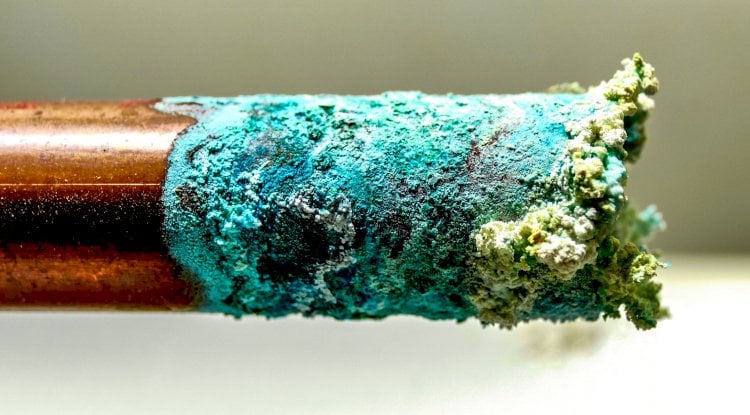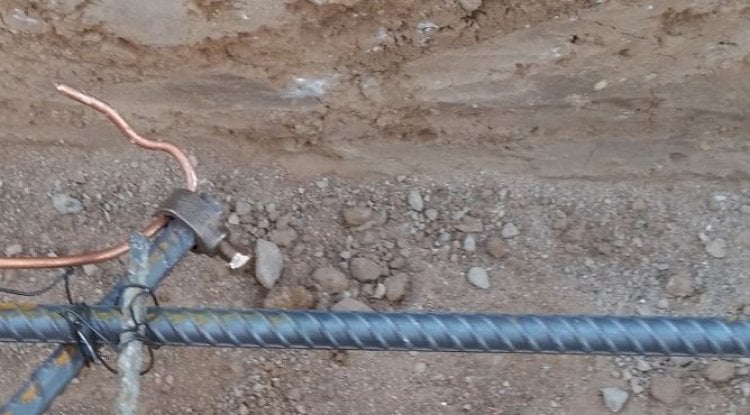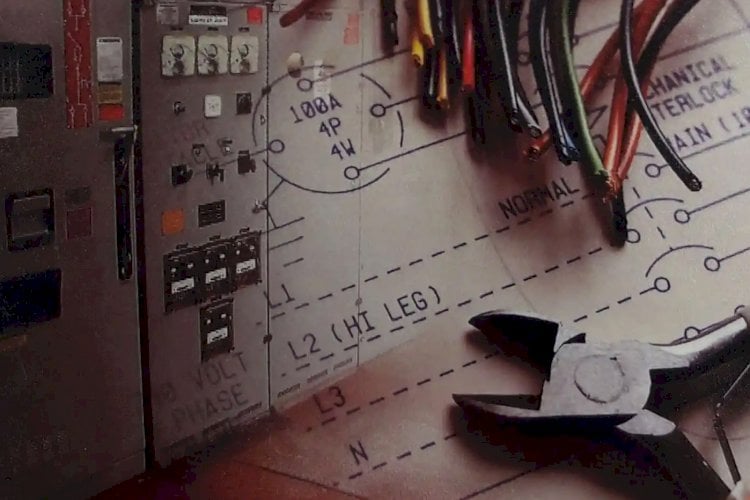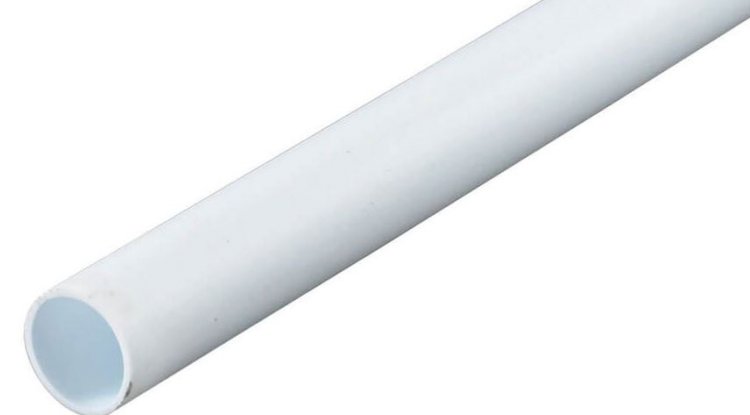Bob Asked:
We have a new house that is all plastic water pipe from the city to the house, a small piece of copper pipe in the garage then PEX plastic pipe in the house. None of this is grounded. We installed a filtration system that failed in days. Due to the outcome, we know there is electricity in the water. When we dismantled the water filtration filter the media was melted on the top surface and bottom surface from granular to solid material. We believe this is from the electrical current flowing into the unit during normal operation and becoming solid on top and then when backwashing the system the bottom became solid also. The middle media of the filter was still granular. So how can I test for an electrical current in that water? What would I look for? We think this might be dangerous.
Our Answer:
You may be surprised but stray currents traveling through water is a major problem that is encountered more often than you might imagine. However, in homes, it is less common. This is because the currents in the water must find a path to ground somewhere upstream in the house.
First of all, very clean water is not electrically conductive. However, water with a higher level of TDS (total dissolved solids), can in some cases become conductive.
Assuming that there are currents in your water system, they are either coming from your house, or the current is coming up from the supply and grounding out from some location upstream of your filtration system.
You can measure stray currents in the water supply by using a standard clamp-on style amperage meter. You will want one that is more accurate for lower currents levels if possible. We use the AEMC 6416 ground meter, but any good clamp-on ammeter will do the job. Simply clamp-on to the PEX pipe and measure the current levels.
Remember, electricity can only travel in a circle; there must be a ground source on your PEX piping upstream from the filter for there to be current flow. In other words, the electricity is either entering into your water supply from some point in your home and grounding out through the utility, or it is coming up from the utility supply and then exiting to earth/soil through some point in your home. Can you think of any spot in your home other than the copper pipe in the garage that your PEX system is grounded (touches metal parts that are connected to a ground source)? Perhaps at the water heater? Have you checked for ground currents on the water heaters equipment grounding conductor?
You say that there is a small piece of copper pipe where the main water line enters the house? This piece of copper pipe is required to be bonded to the ground under the National Electrical Code Article 250.52(A)(1), 250.53(D), 250.68(C), 250.104(A) and under the AWWA standards. This mandatory ground wire to your copper pipe will provide a source for the stray currents in the water to leave your system and go to ground. Once installed, you should measure the current levels on this wire. Installing this mandatory wire could fix your problem.
Have you checked to see if you have ground currents on your grounding electrode at the main electrical panel? Again, using a standard clamp-on ammeter, you should be able to see if the ground rod has near zero-current on it (which is good). If the rod(s) has over 500mA of current, you almost certainly have an illegal neutral-to-ground connection in a sub panel somewhere in the house. And yes, this is dangerous. The subpanels in your home should NOT have a neutral-to-ground connection in the box. A good electrician should be able to easily identify if this is the case and correct this dangerous situation. See NEC 250.6.
You may want to consider using an IR camera to look at your green ground wires in all of your electrical panels, to see if there are any objectionable currents on these wires. Remember to put loads on the circuits when measuring and observing for objectionable ground currents.
If you do have stray currents coming up from the water supply, and grounding the copper pipe fixes the problem, you may need to increase the number of ground rods to help lower the resistance-to-ground of your electrodes so that you can better remove the objectionable currents.
Also, you may want to check the current level on the incoming CATV line, again using a standard clamp-on ammeter. Sometimes the cable company can be the source of current.
Please, do not overlook the possibility of chemistry. There are a vast number of chemicals that could mimic the look of “electrical melting”.
The Engineering Experts at E&S Grounding Solutions
Let's Talk! Schedule a FREE Phone Consultation Today.
Wherever you're located, learn how good a fit we are for your project.







